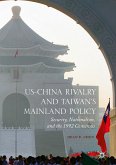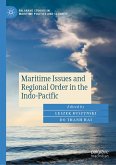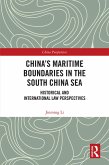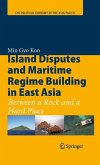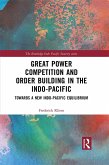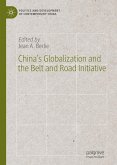-Miranda A. Schreurs, Professor, Technical University of Munich.
"With an original approach to maritime conflicts that focuses on the effects of technological and environmental change, this is a must-read for anyone interested in East Asian peace and security!"
- Stein Tønnesson, Research Professor Emeritus, Peace Research
Institute Oslo
"A crucial read for anyone interested in understanding the complexities of maritime conflicts in East Asia and their broader global implications."
-Yurika Ishii, Associate Professor, National Defense Academy of Japan
"The volume offers multi-disciplinary perspectives that reach across disciplinary boundaries and connect perspectivesfrom natural sciences and engineering to social sciences and policy."
-Clive Schofield, Professor, University of Wollongong, Australia
As technological development and diffusion have greatly increased the resources states can recover from maritime space, the stakes of these conflicts have grown. Nowhere is this clearer than in East Asia. This book examines how technological change and diffusion impact East Asian maritime conflicts, and approaches for conflict management and resolution.
Paul Midford is Professor of Political Science, Meiji Gakuin University, Japan.
Jennifer L. Bailey is Professor of Political Science, Norwegian University of Science and Technology (NTNU), Norway.
Katja Levy is Associate Professor of Political Science, Norwegian University of Science and Technology (NTNU), Norway.
Espen Moe is Professor of Political Science, Norwegian University of Science and Technology (NTNU), Norway.
Dieser Download kann aus rechtlichen Gründen nur mit Rechnungsadresse in A, B, BG, CY, CZ, D, DK, EW, E, FIN, F, GR, HR, H, IRL, I, LT, L, LR, M, NL, PL, P, R, S, SLO, SK ausgeliefert werden.



